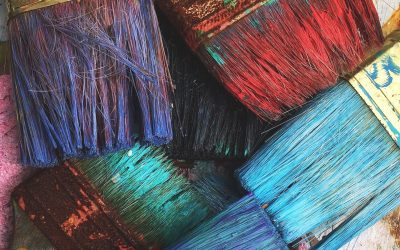EXCERPT FROM IGNITE YOUR IDEAS: CREATIVITY FOR KIDS
(pp. 82-84)
People often avoid trying something if it appears risky. This can include creative activities. For example, think of dancers or gymnasts executing intricate moves, or actors doing precarious stunts. Safety can be a concern. In such circumstances, it makes good sense to carefully consider the extent and nature of any danger and, if need be, to back off. However, individuals who won’t sometimes take a risk may never know how much they might accomplish.
Risk can loom large, and sometimes it seems scarier, or more dangerous, or bigger than it really is. It’s helpful to determine if a situation is low-risk (requires taking a chance but isn’t perilous) or high-risk (can threaten your health or well-being). What’s the evidence? Can you make the situation less risky? It also helps to determine the importance of doing the activity. Is it necessary? Enticing? A whim? Are others depending on you? Can you be careful?
If you want to be creative but you’re struggling with the idea that it could be a risky undertaking, here are a few tips:
- Get to know your capabilities, and build upon those. Take extra time to strengthen your knowledge and skills because increased know-how can reduce risk.
- Have a friend or someone you can depend on help you out by providing guidance, advice, or reassurance, or by sharing the load.
- Read about strategies that others have used to manage or lessen risk.
- Divide and conquer risk by starting with what makes you feel secure or comfortable—such as making sure you have the right safety equipment—and then pacing yourself.
- Keep kindling your resolve as you proceed through and beyond a risk. Figure out how to intelligently mitigate or work around risks so “nevers” become “maybes” or thoughtfully considered “possibilities.”
- Appreciate that many things worth doing require some risk— for example, making new friends, or singing or speaking in front of an audience—but each achievement is a chance to discover creative outlets.
- Change the concept of risk to adventure, opportunity, or escapade. This can reinforce your desire and creativity. Enjoy the thrill, build your strengths, and rise above any deterrents.
You are in charge of your own actions, creativity, and effort!








